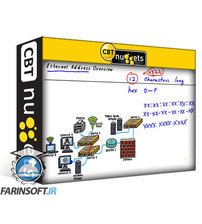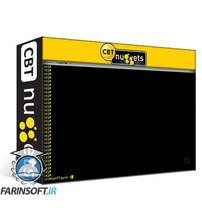جمع جزء: 378,000 تومان
- × 1 عدد: Complete HTML and CSS with SCSS course ( 2 projects) - 189,000 تومان
- × 1 عدد: Build Convai Artificial Intelligence AR App With Unity3D. - 189,000 تومان
This entry-level CompTIA A+ (220-1101) training prepares learners to confidently navigate the physical components of systems, devices, and networks and perform simple tasks related to their operations.
If you're interested in a career working with computers, you need to prove you've mastered both hardware and software in individual computers and across whole networks. That's what the A+ certification from CompTIA is for.
در این روش نیاز به افزودن محصول به سبد خرید و تکمیل اطلاعات نیست و شما پس از وارد کردن ایمیل خود و طی کردن مراحل پرداخت لینک های دریافت محصولات را در ایمیل خود دریافت خواهید کرد.

دوره یادگیری Layer 2 Ethernet Addresses

فیلم آموزش CCNA Security 210-260

مدیریت شبکه ها بوسیله Palo Alto

اصول طراحی امن برای محیط های Enterprise
--Fundamentals-of-STP-(Spanning-Tree-Protocol)-main-resized.jpg)
آموزش کامل 350-401 ENCOR : مبانی STP (Spanning Tree Protocol)
--IP-Routing-Concepts-main-resized.jpg)
آموزش کامل 350-401 ENCOR : مفاهیم IP Routing

پیکربندی روتینگ در Cisco SD-WAN بوسیله OSPF and BGP

بازرسی محتوا در فایروال های FortiGate

پیاده سازی امنیت وب و ایمیل ها بوسیله Cisco WSA and Cisco ESA

Advanced Cisco Network Security: How to Configure Network Infrastructure Security Online Training
✨ تا ۷۰% تخفیف با شارژ کیف پول 🎁
مشاهده پلن ها